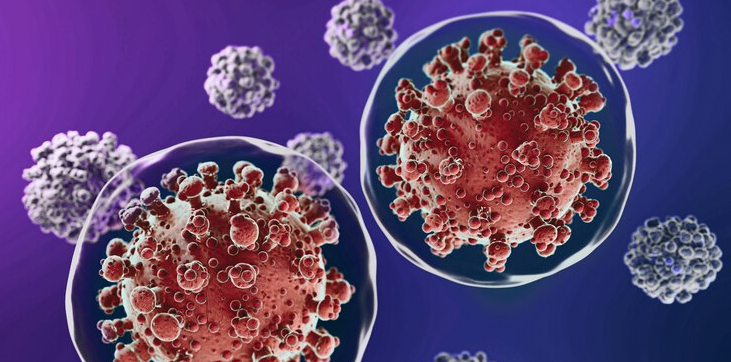The following is a summary of “Increased Resting-State Functional Connectivity in Patients With Autoimmune Addison Disease,” published in the March 2024 issue of Endocrinology by Westeinde, et al.
For a study, researchers sought to compare the brain’s resting-state functional connectivity (rs-fc) between individuals diagnosed with autoimmune Addison disease (AAD) and healthy controls.
About 57 patients with AAD (33 female) and 69 healthy controls (39 female), aged 19 to 43 years, underwent 3-T magnetic resonance imaging (MRI) scans. Independent component and subsequent dual regression analyses were conducted to assess rs-fc patterns.
The analyses revealed that patients with AAD exhibited stronger rs-fc than controls in the bilateral orbitofrontal cortex (OFC) and the left medial visual and left posterior default mode network. Furthermore, a higher glucocorticoid (GC) replacement dose was associated with stronger rs-fc in a portion of the left OFC among patients. However, no significant associations were found between rs-fc, executive functions, or mental fatigue.
The findings suggested that AAD may influence the brain’s baseline functional organization. Moreover, the observed correlation between GC replacement dose and rs-fc highlights the potential impact of current AAD treatment strategies on brain function.



















